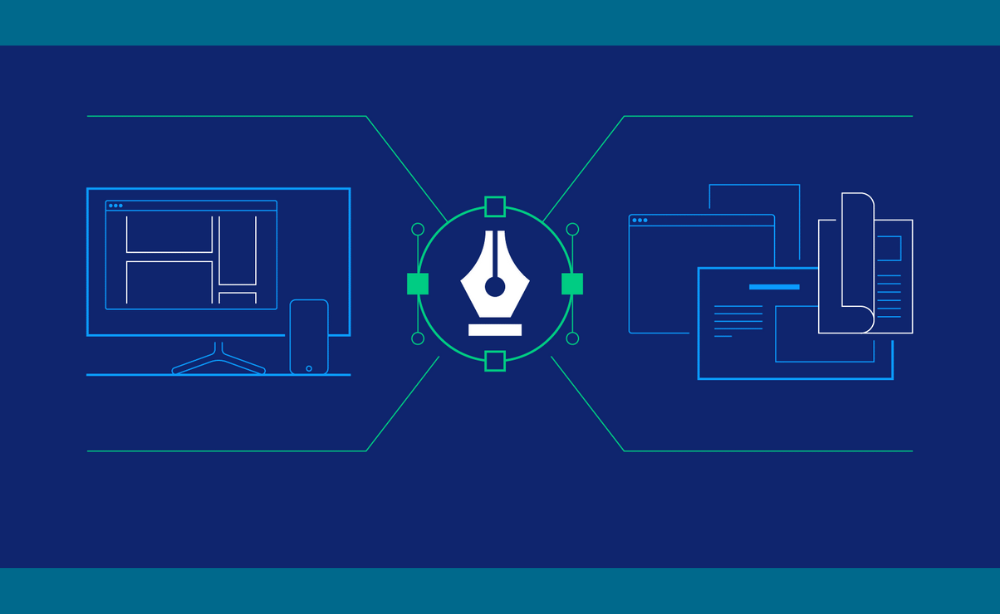By Nesamalar A/P Damalingam, Lecturer, School of Creative Art & Design
“What is the difference between graphic design and digital design?”
This is a question that many students interested in design often ask. Although both graphic and digital design are founded on the same fundamental knowledge and principles, graphic designers lack the digital skills which have become highly essential in digital marketing.
Graphic designers study the basic concepts of drawing and designing. They create visuals based upon their ideas, and educate their stakeholders about these ideas, encouraging acceptance and support. They primarily concentrate on pre-print materials to produce advertisement design, newsletters, business reports and brochures.
To design posters, interactive websites, ads, animation, 2D and 3D modelling, and software, digital designers blend graphic design expertise with technology. They learn how to work with languages such as JavaScript, HTML5, and CSS3, in addition to graphics. It might be important to know how to code as a digital designer, as it is required for responsive web design. Responsive web design ensures that the web pages built are tailored to various screen formats, such as desktop and handheld devices. Different formats, font sizes and navigation menu placements are typically required. Knowledge of different languages is needed for the development of a responsive web page.
“Why do digital designers have more career openings than graphic designers?”
From traditional newspapers to new outlets, there has been a huge transition in the way businesses think and work, and nearly every brand today has a digital presence. As a graphic designer, it will become increasingly hard to find a continuing, secure career if you don’t have web skills nowadays, as the requisite skill set has stretched far beyond traditional graphic design. Digital design has many fundamental graphic design concepts, but it integrates core components such as accessibility, interaction, utilisation of file space, user interface, interactive content, and much more.
It is becoming increasingly important as a brand to stand out through technology and user experiences generated by digital design. Because there is a lot of brand and product rivalry online now in the modern revolution, digital design is becoming the core requirement. There are now more jobs open for digital artists than for graphic designers, according to job-search websites. It is also apparent that digital designers earn more, or at least have a higher earning potential, than graphic designers.
“I’m a Graphic Designer. What do I have to do if I want to be a Digital Designer”
Upskilling means obtaining new abilities and developing skills. Upskilling has become a talking point in a fast-paced environment like today’s. Technological innovation and the advent of artificial intelligence have made the development in expertise inevitable in order to be on par with the quality of the industry.
Digital designers combine their creative skills with the technical know-how to bring graphics, animations and other visual effects to life by combining videography, photography, graphic design and animation. Digital designers must always be on par with technology and changes in current design trends. Creativity and strong communication skills are also essential and instrumental, along with the ability to work in collaboration with team members and clients. They often run into tricky situations where strong communication skills are vital. Digital designers are required to learn programming languages such as JavaScript, HTML5, and CSS3, as well as the fundamental values that apply to all types of design in tech: web design, UX (user experience), and design thinking.
In my next article, I will write more about User Interface Design and User Experience Design.

